
Currently, in the province, there are 27 recognized and ranked relics, including 1 special national relic, the Dien Bien Phu Battlefield relic. 14 national relics: Huoi Cang and Huoi Dap Caves in Muong Cha District; Pe Rang Ky and Kho Chua La Caves, Xa Nhe Caves, Vang Long Citadel Relics in Tua Chua District; Ha Cho, Mun Chung and Tham Khuong Caves in Tuan Giao District... 12 provincial relics: Muong Chung Cave, Pu Nhung Revolutionary Base, Nam Rom Great Irrigation Project, Thanh An Militia shooting down an American plane...
In addition, Dien Bien has 18 national intangible cultural heritages: Thai Xoe art; Hoang Cong Chat Temple Festival (Ban Phu Citadel) in Noong Het commune, Dien Bien district; Kin Pang Then festival of Thai people in Na Nat village, Na Lay ward, Muong Lay town; Water splashing festival (Bun huot nam) of Lao people in Nua Ngam commune, Dien Bien district; Men Loong Phat Ai festival (Celosia festival) of Cong ethnic community and Ga Ma Thu festival (Village worship) of Ha Nhi ethnic community.
In the last days of the year, the ethnic groups in the Dien Bien highlands are organizing their traditional festivals and New Year, attracting a large number of visitors and tourists from inside and outside the province to visit, exchange and learn about cultural identity.

The Celosia Festival of the Cong ethnic group in Pa Thom commune, Dien Bien district was recently celebrated by the villagers in mid-November, in a solemn, warm, and joyful atmosphere. Celosia Festival is an occasion for the Cong people to rest, have fun, and relax after days of hard work. It is an occasion for everyone to turn to their roots, for descendants to thank their grandparents, parents, ancestors, and thank heaven and earth, and the gods for blessing them with favorable weather, good crops, and good health; and to pray for good things for a peaceful and prosperous new year.
On a recent trip to Muong Nhe district, we went to Sin Thau commune - where there is landmark 0 (the border junction of Vietnam - Laos - China). The officers of the district's Department of Culture and Information led us to visit some Ha Nhi ethnic families; to learn about the socio -economic development of the commune.
According to information provided by the district's Department of Culture and Information, in just a few weeks (mid-December), the local people will celebrate the traditional Khu Su Cha Ha Nhi New Year. In recent years, economic life has improved, and people celebrate the New Year more grandly and happily, but still maintain their traditional cultural identity.

Tet usually lasts for three days, this is the occasion for people to reunite with their families, drink wine and wish each other meaningful wishes, it is also the occasion for young men and women to enjoy spring and find a partner.
Besides the achieved results, the work of preserving and promoting the value of cultural heritage for tourism development of the province still has limitations. Many traditional cultural heritage values of ethnic groups are gradually being lost, there are no effective solutions for preserving and promoting...
The reason is that the promotion of cultural heritage faces many difficulties; awareness, scientific and technical level, and understanding of ethnic languages of those working in culture, tourism and the people have not met the requirements. Culinary and artistic services are still overlapping, not rich and diverse. Investment in infrastructure serving tourism is not synchronous, environmental sanitation still has shortcomings...
Identifying cultural heritage as an invaluable resource, it is necessary to focus on preserving and developing. Exploiting and promoting the value of cultural heritage is a premise for developing tourism and increasing the province's budget revenue. Therefore, Party committees, authorities at all levels, professional staff and people need to enhance their responsibility in preserving cultural identity; focus on promoting and disseminating the unique cultural beauty of the locality to domestic and foreign friends. This is the best way to educate the tradition of loving the homeland, the country, and the unique cultural identity for future generations.
Source


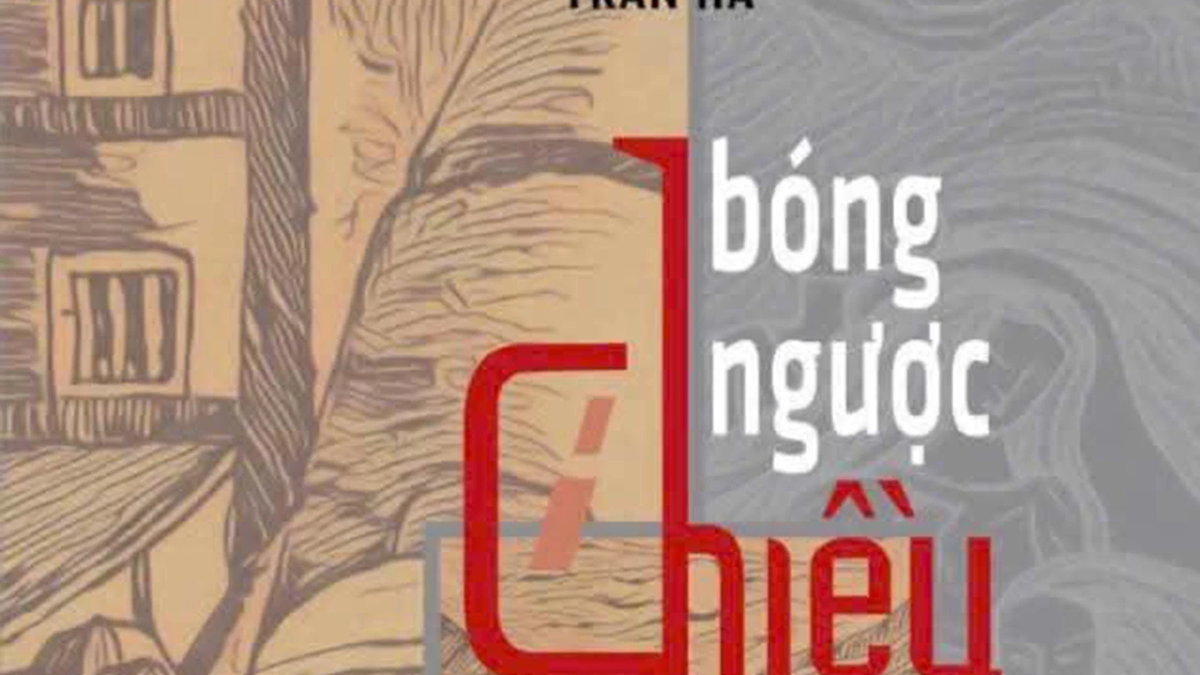
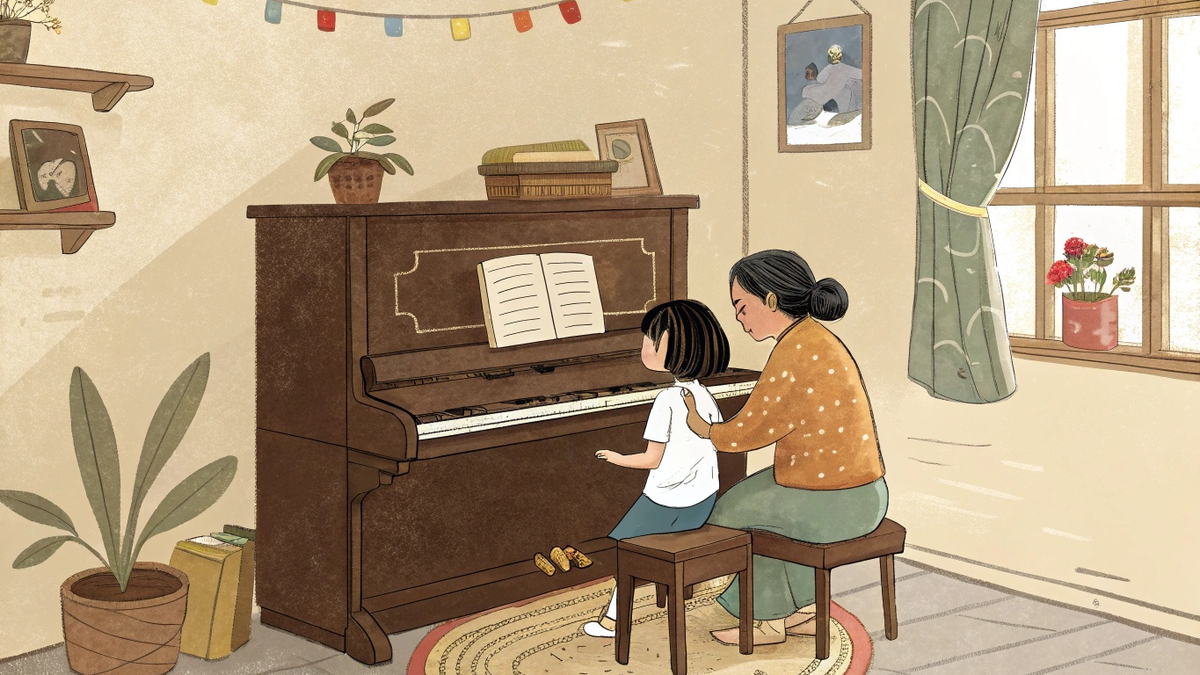


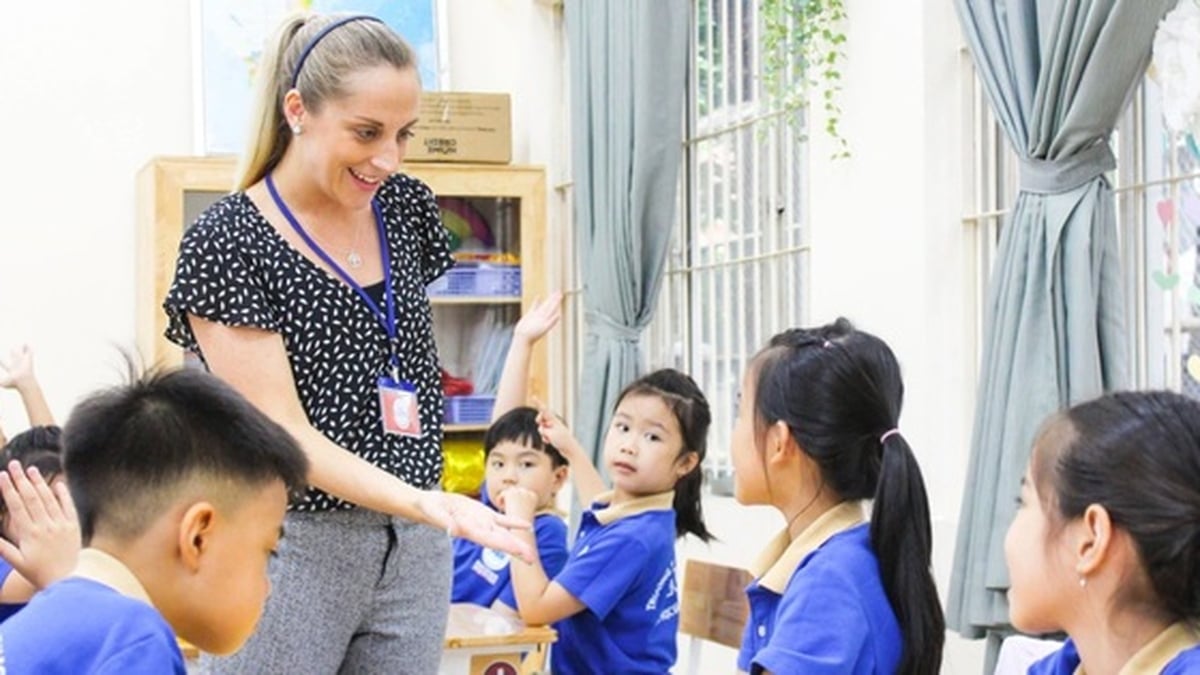
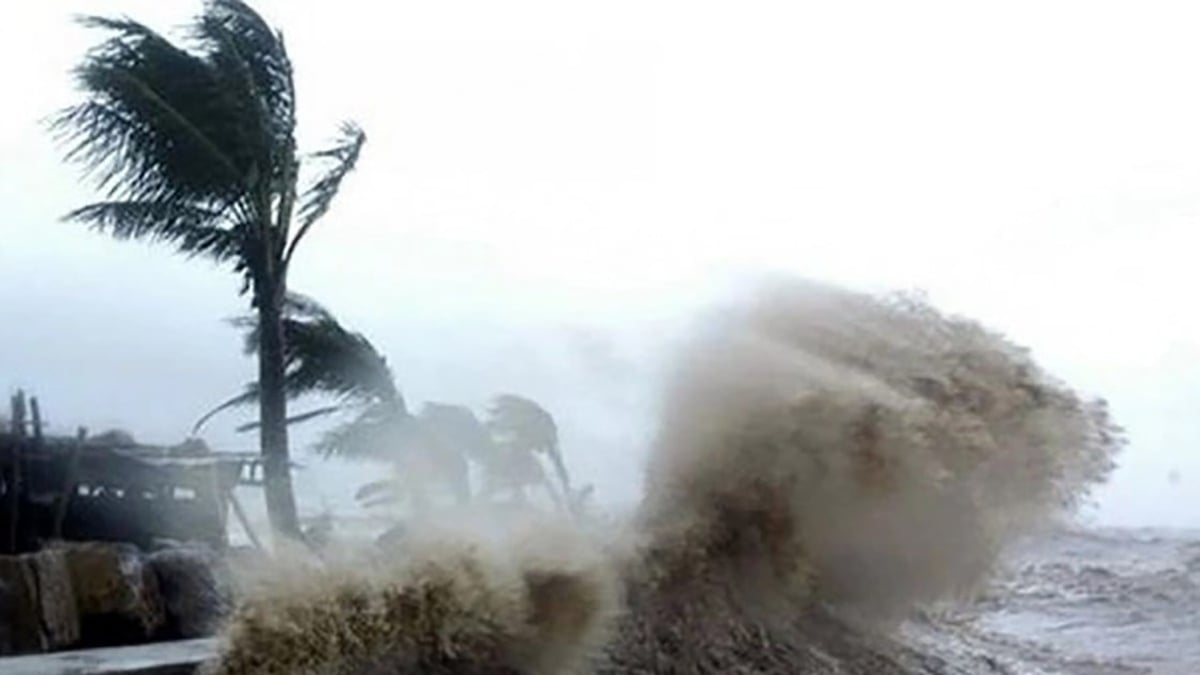
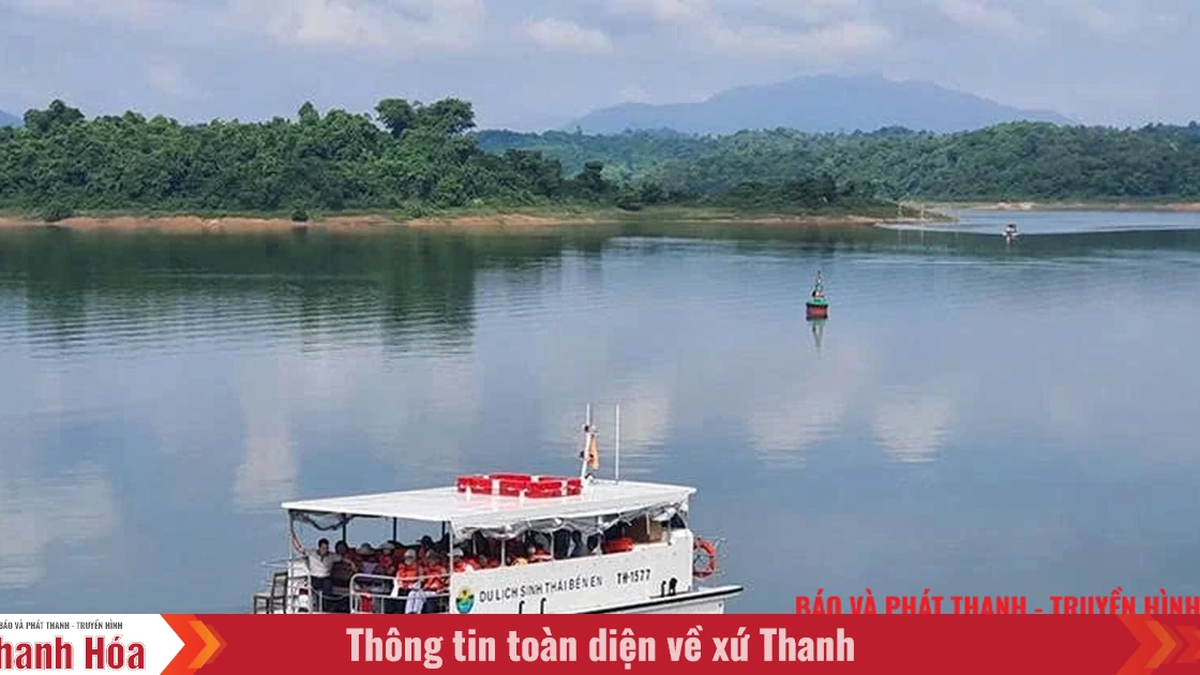

![[Video] More than 100 universities announce tuition fees for the 2025–2026 academic year](https://vphoto.vietnam.vn/thumb/1200x675/vietnam/resource/IMAGE/2025/7/18/7eacdc721552429494cf919b3a65b42e)




















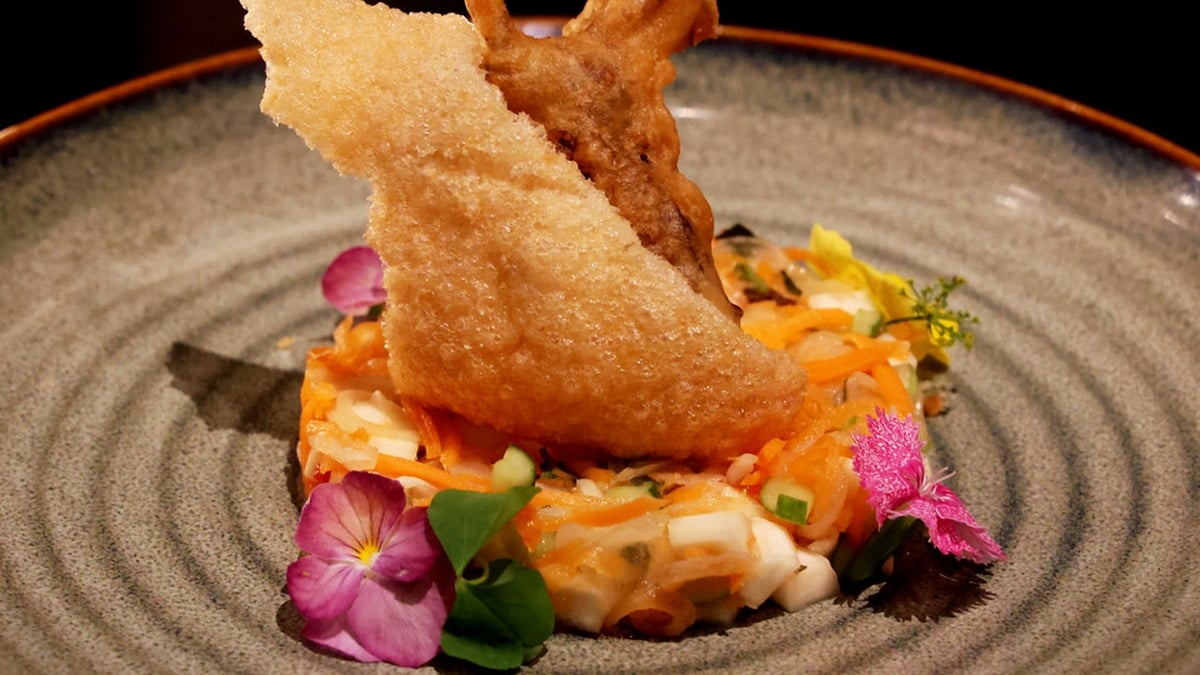


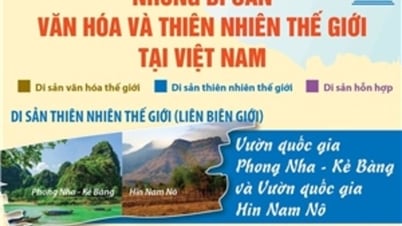

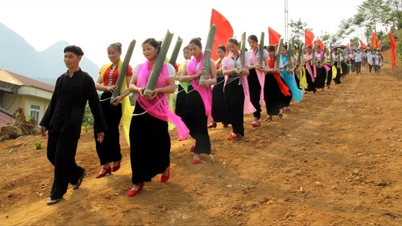

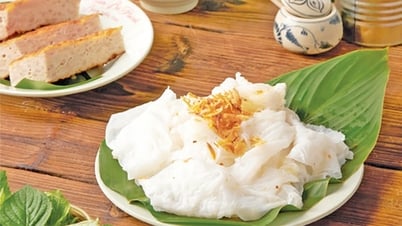
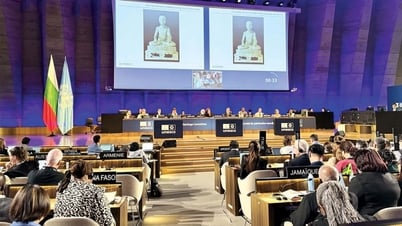

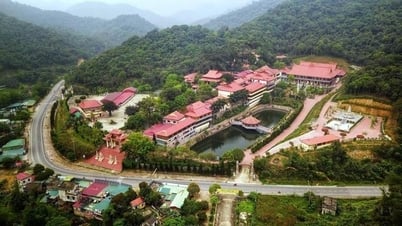



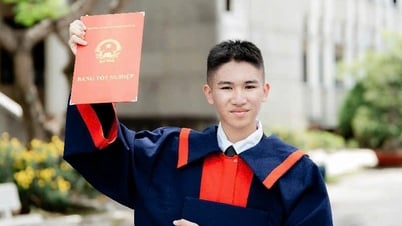
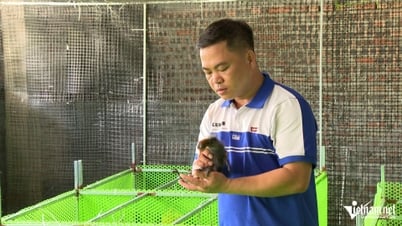

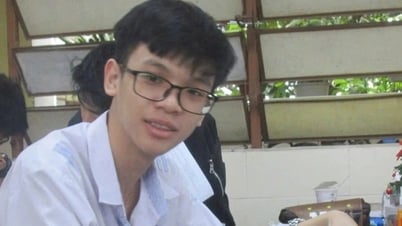
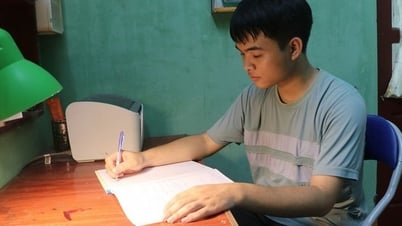

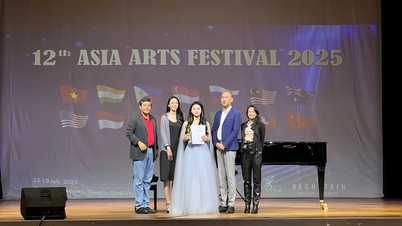





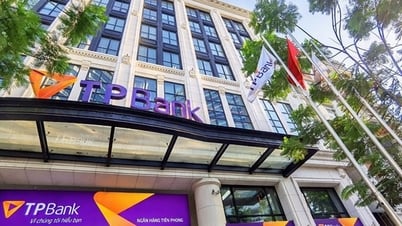

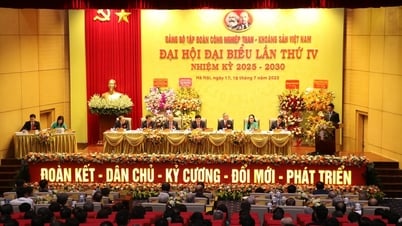
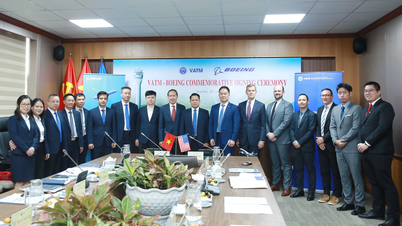



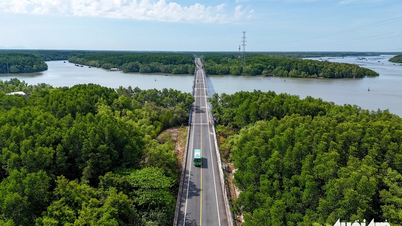

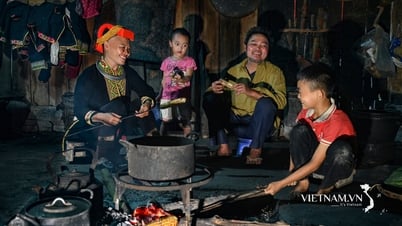
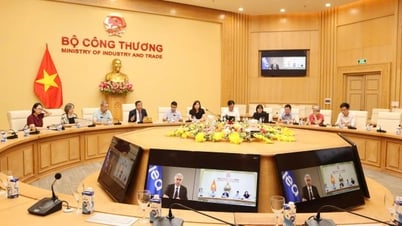

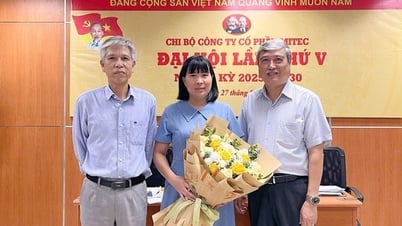


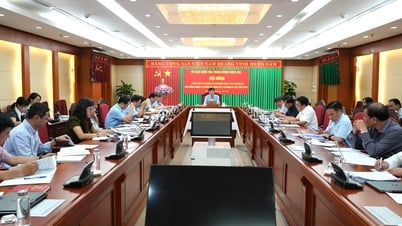

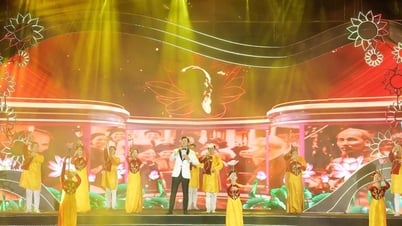
















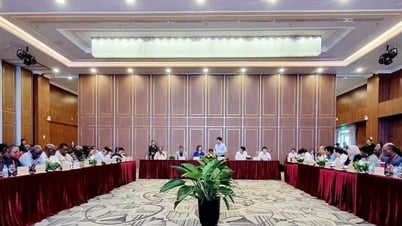

![[Infographic] In 2025, 47 products will achieve national OCOP](https://vphoto.vietnam.vn/thumb/402x226/vietnam/resource/IMAGE/2025/7/16/5d672398b0744db3ab920e05db8e5b7d)


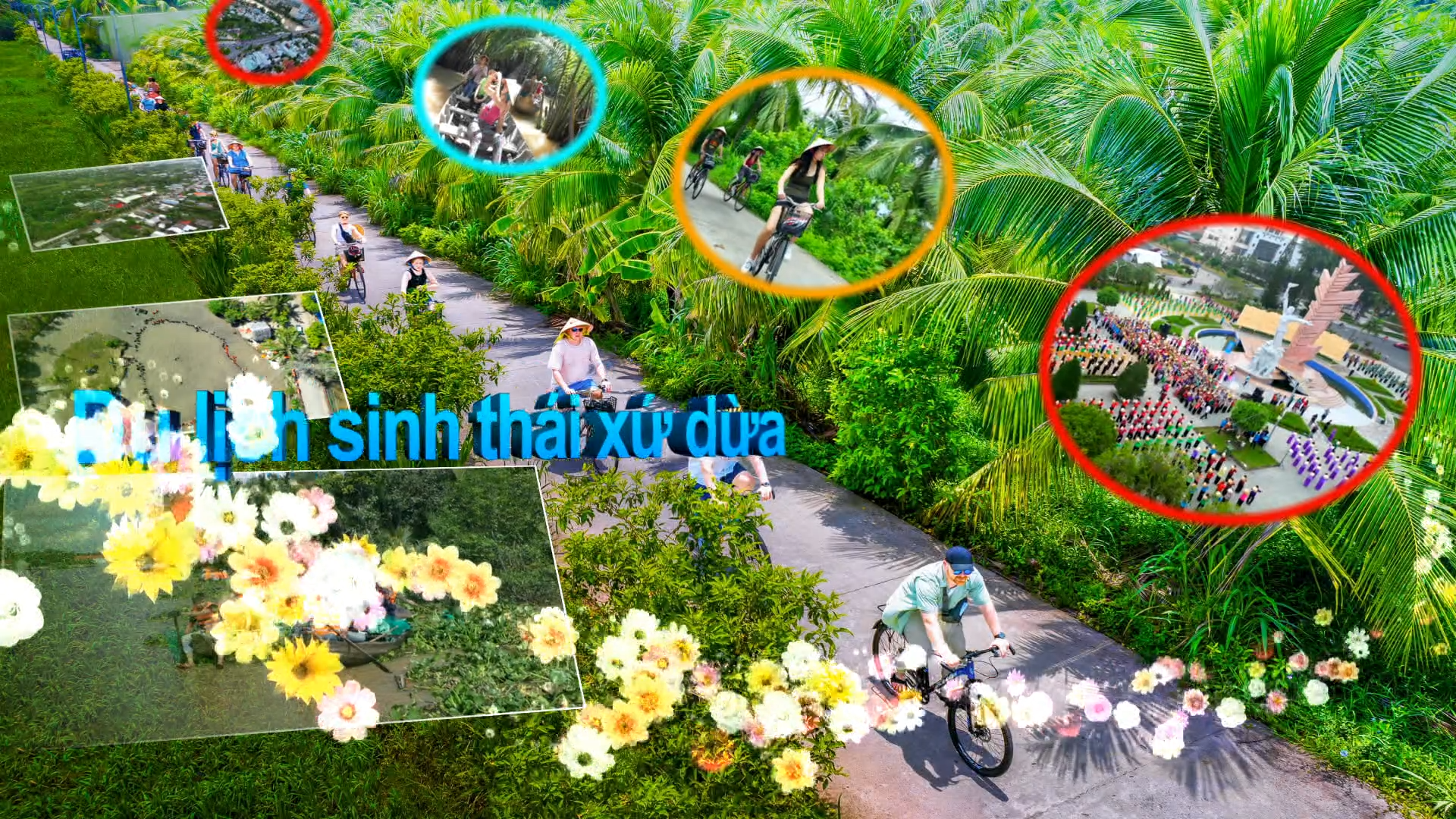
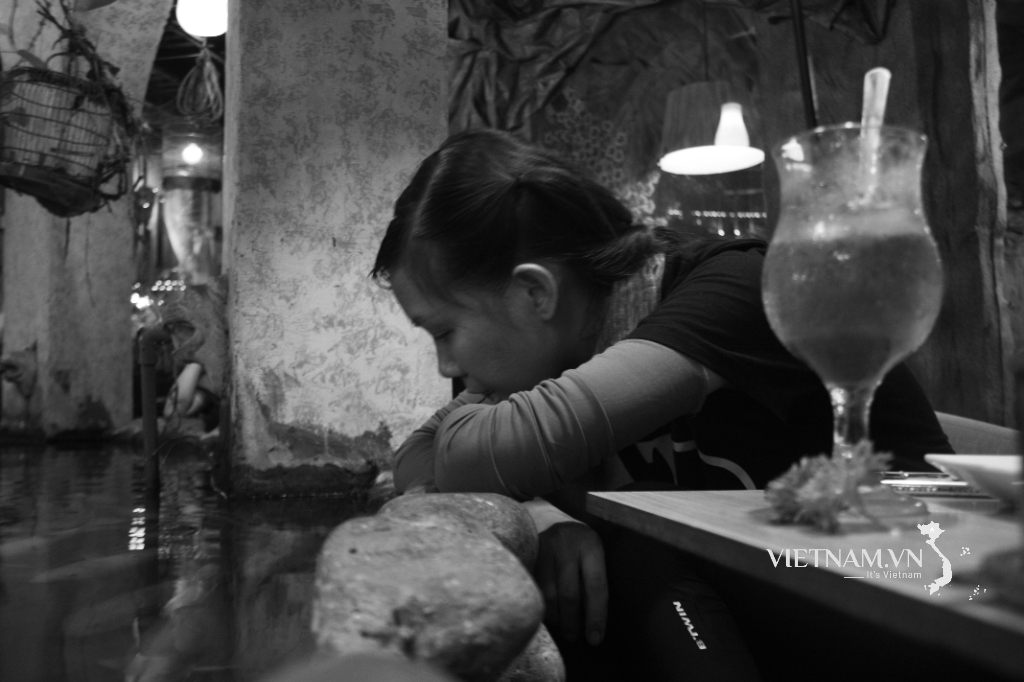

Comment (0)